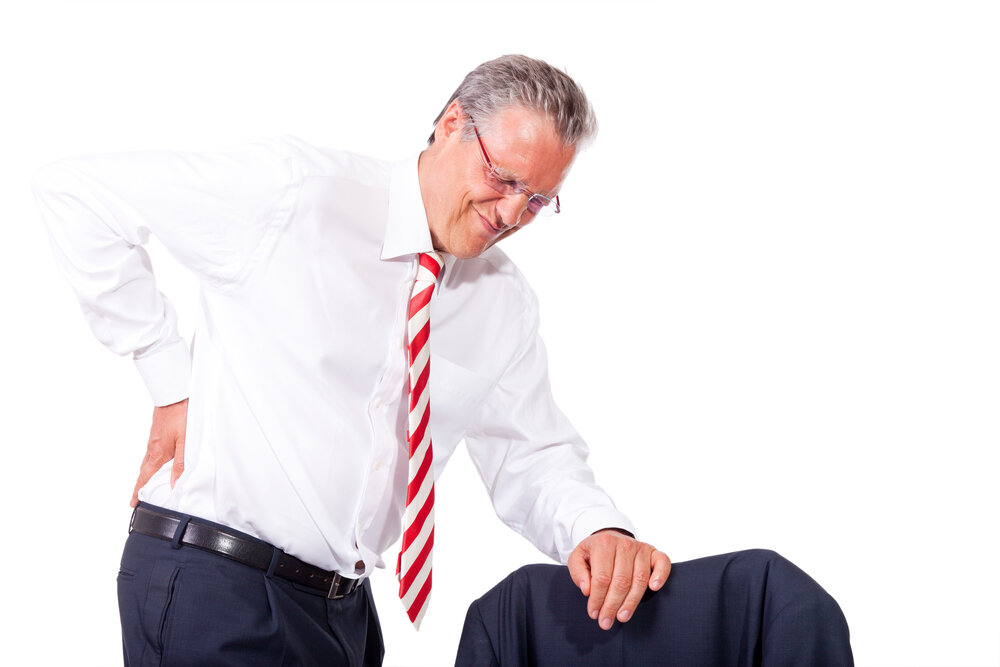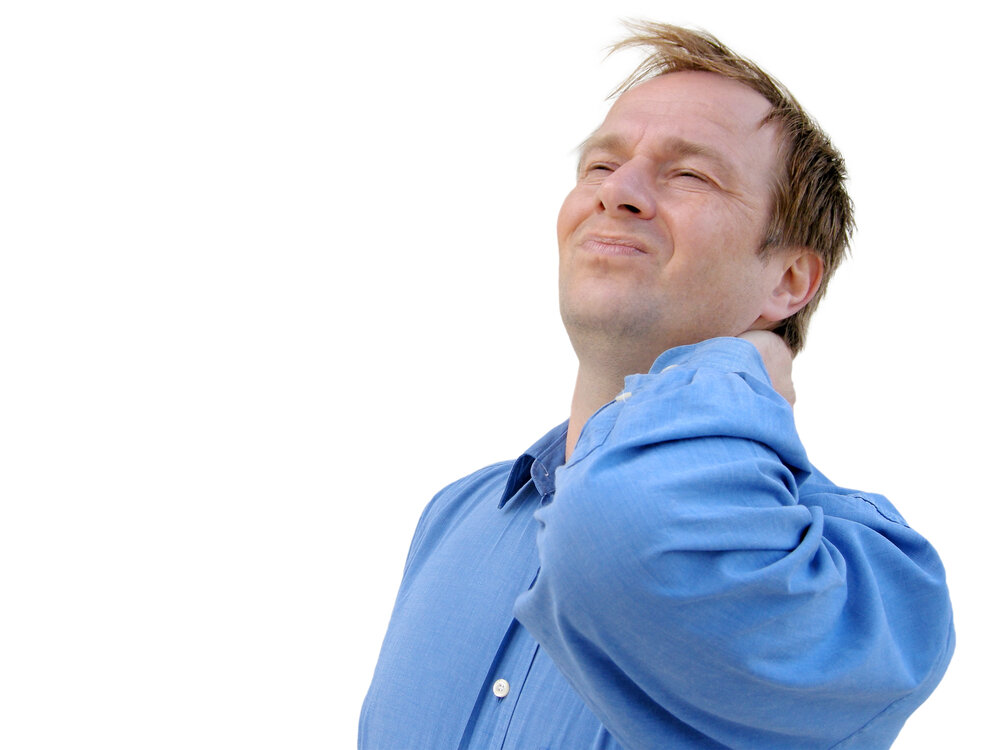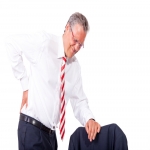
Our chances of contracting a debilitating medical condition increase as we get older. Chronic pain affects about half of all older people, and it's even higher among nursing home patients.
You don't have to just smile and bear it if you're one of the unlucky 50%. In Oklahoma, we have more pain clinics and treatment options than ever before, so if you're in pain, we'll definitely be able to find a cure that works for you.
Medication is a natural option, but most medications, including those purchased without a prescription, have side effects and can interfere negatively with other medications you might be taking. As a result, at Neuroscience Specialist, we aim to limit the number of drugs patients must take wherever possible. Breathing exercises and guided visualization are examples of meditation techniques that help to calm the mind and alleviate stress, making it easier to cope with pain.
Combining an alternative therapy with medication will also result in patients needing reduced doses or fewer doses of medication—or even none at all.
We looked at how minimally invasive therapies like nerve blocks and trigger point injections can help alleviate pain in seniors in last month's article. We'll look at how alternative therapies like physical therapy and acupuncture can benefit this month. Here are some pain relief options to consider:
Physical therapy is an effective treatment choice for people who suffer from chronic pain. If you've been injured, a physical therapist will help you strengthen and stretch the muscles you need to recover and prevent further damage. A therapist will work with you and your doctor to help you remain as strong and mobile as possible, even though you have a severe disability.
Many people find that acupuncture, which has been practiced in China for decades, can help them relieve pain and minimize their drug use. It entails the use of extremely fine needles to activate specific points on the body.
Exercise can help avoid depression and sleep disorders that are common in people with chronic pain, as well as improve your general wellbeing, from your heart to your brain. Try to get some kind of exercise on most days if you can. Walking, water aerobics, yoga, and tai chi are also low-impact practices to consider. Chair yoga is an activity that even people with reduced mobility can be able to engage in.
Some research suggests that cognitive-behavioral therapy, which has long been used to treat depression, may also be used to treat pain. CBT is a technique for re-framing pain-related automatic thinking that you might not be conscious of. It will help you cope with stress and activate your body's natural pain-fighting mechanisms.

There are only a few of the pain clinics open to you. We can also treat the prescription needs at Neuroscience Specialist, and we provide more than a dozen minimally invasive treatments for a variety of pain conditions, ranging from cancer pain and pancreatitis to complex regional pain syndrome.
**Disclaimer- Information presented here is not intended to be qualified medical advice. Nothing expressed herein creates a doctor-patient relationship.

